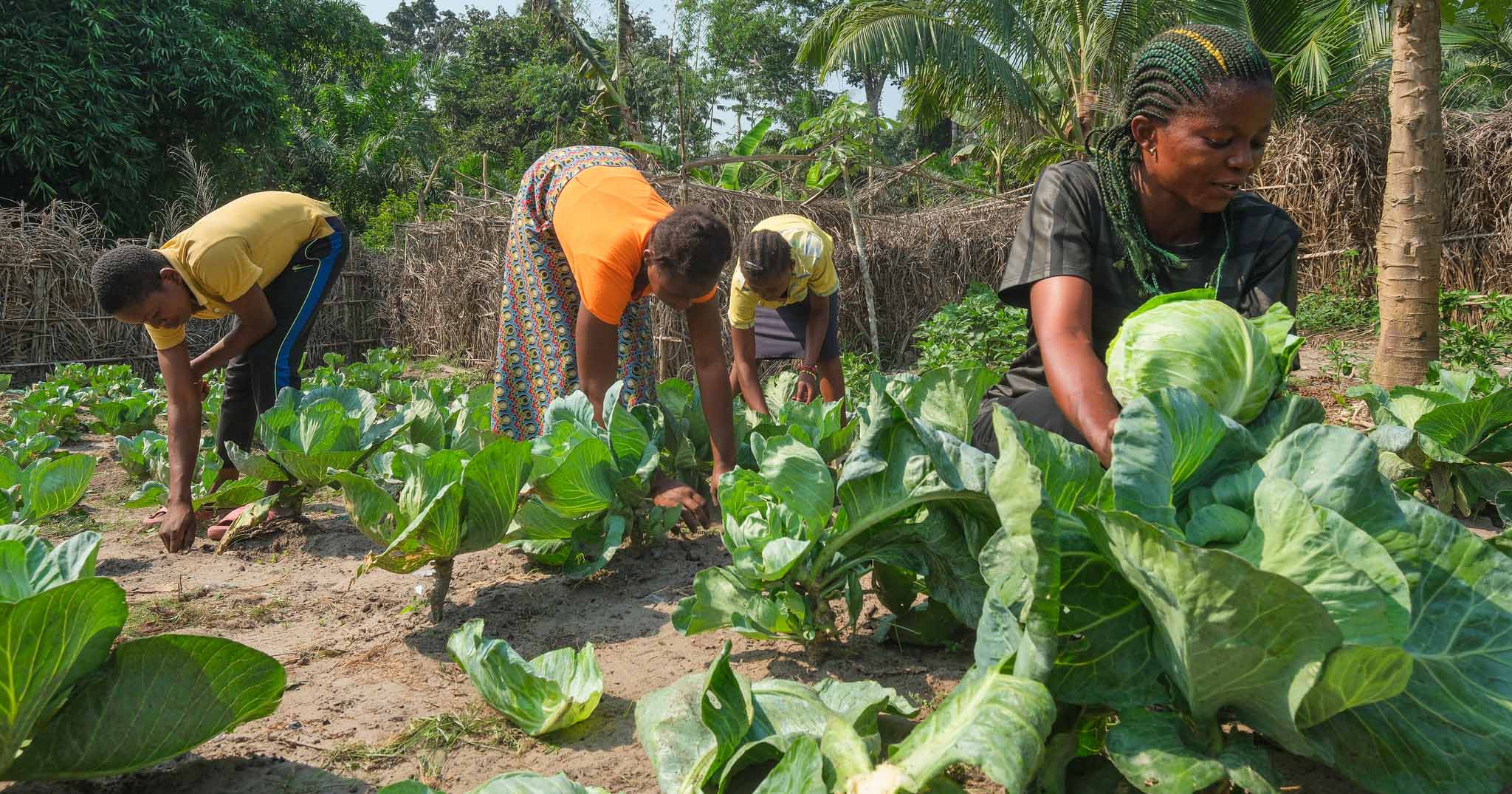The Kunming-Montreal Global Biodiversity Framework (GBF) of the UN Convention on Biological Diversity set the agenda for global aspirations and action to reverse biodiversity loss. The GBF includes an explicit goal for maintaining and restoring biodiversity, encompassing ecosystems, species and genetic diversity (goal A), targets for ecosystem protection and restoration and headline indicators to track progress and guide action. One of the headline indicators is the Red List of Ecosystems, the global standard for ecosystem risk assessment. The Red List of Ecosystems provides a systematic framework for collating, analysing and synthesizing data on ecosystems, including their distribution, integrity and risk of collapse. Here, we examine how it can contribute to implementing the GBF, as well as monitoring progress. We find that the Red List of Ecosystems provides common theory and practical data, while fostering collaboration, cross-sector cooperation and knowledge sharing, with important roles in 16 of the 23 targets. In particular, ecosystem maps, descriptions and risk categories are key to spatial planning for halting loss, restoration and protection (targets 1, 2 and 3). The Red List of Ecosystems is therefore well-placed to aid Parties to the GBF as they assess, plan and act to achieve the targets and goals. We outline future work to further strengthen this potential and improve biodiversity outcomes, including expanding spatial coverage of Red List of Ecosystems assessments and partnerships between practitioners, policy-makers and scientists.
DOI:
https://doi.org/10.1038/s41559-023-02320-5
Dimensions Citation Count:

Publication year
2024
Authors
Nicholson, E.; Andrade, A.; Brooks, T.M.; Driver, A.; Ferrer-Paris, J.R.; Grantham, H.; Gudka, M.; Keith, D.A.; Kontula, T.; Lindgaard, A.; Londono-Murcia, M.C.; Murray, N.; Raunio, A.; Rowland, J.A.; Sievers, M.; Skowno, A.L.; Stevenson, S.L.; Valderrabano, M.; Vernon, C.M.; Zager, I.; Obura, D.
Language
English
Keywords
ecosystem management, biodiversity conservation, ecological restoration, genetic resources, spatial planning, ecology, environmental impact























